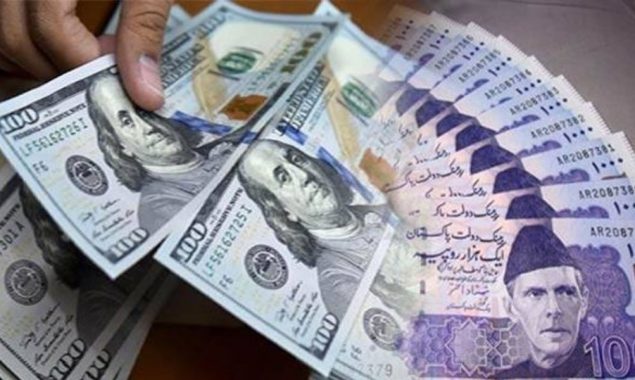Pakistan eyes greater Central Asian trade benefits
The emerging regional trade outlook after the US withdrawal from Afghanistan has...

Image: File
Pakistan is successfully implementing all the conditions imposed by the International Monetary Fund (IMF) to get the stalled $6 billion funding programme. The South Asian country is facing financial challenges but, at the same time, the economic situation seems fragile, pointing towards the severity of immediate measures to control mushrooming inflation.
Indeed, all the successive governments in the past have taken the support from the lending arm to sustain the economy but the country never had such a controversial central bank and its governor.
Imported State Bank of Pakistan governor Dr Reza Baqir, who was always surrounded by a host of controversial financial sagas, was assigned the most important position of the financial regulator, which for most of the people, was a surprising move on the part of the present government of Imran Khan-led Pakistan Tehreek-e-Insaf.
Despite several administrative measures by the people at the helm of affairs, the Pakistani rupee is having tough times against the dollar, as the foreign currency hit a record high of 178.04 in the interbank market on December 20, 2021.
This free-fall in the local currency was attributed to the rising import bill that is widening the trade deficit, resulting in a significant depreciation.
Despite a $3 billion deposit support from the Saudi Development Fund (SDF) to the State Bank of Pakistan for managing the balance of payments position, the country failed to fetch the desired results, as the higher commodity prices in the international markets and the rising domestic demand push up the demand for the dollars for import payments.
The import bill sharply increased 69.17 per cent to $32.93 billion during the first five months (July-November) 2021/22, compared with $19.47 billion in the same period of the last fiscal year.
The foreign exchange reserves of the country grew to $25.15 billion by the week ended December 3, 2021, compared with $22.499 billion a week ago.
The country not only witnessed a significant rise in the import bill but the trade deficit also ballooned 112 per cent to $20.59 billion during the first five months of the current fiscal year, compared with the deficit of $9.72 billion.
All these factors send shock waves among the economic managers and some of the experts see it as the steepest decline in the rupee value in almost three decades. The rupee has lost significantly during the current fiscal year, as it lost Rs20.71, or 12.8 per cent, compared with the exchange rate of Rs157.54 on June 30, 2021 against the closing of Rs177.89 in the interbank market on December 13, 2021.
The present government is accusing the financial managers of the successive governments of holding the local unit up artificially through such means, which were more administrative rather than financially prudent. According to the government stance, the previous government took some policy measures to settle down the rupee at little over a hundred for a few months.
Experts suggest the downhill ride of the rupee will not get stable in the near future, rather they forecast a further depreciation in its value to somewhere near 180 plus by the middle of the next year.
It seems there is nothing extraordinary about these developments as some of the experts see the rupee depreciation along political lines and believe that there is no much difference in the situation, compared with the previous governments.
Since the start of 2018, when the PTI took over the reins of the country, the local currency has lost almost 36 per cent value against the dollar, which points towards the lack of balance between imports and exports, which ultimately enhance the demand for the dollars.
The rupee has become a hot cake, let alone, for the importers. Other factors such as an increase in the latest monetary policy by 150 basis points, are also playing their role in the rupee depreciation.
Likewise, Afghanistan’s economic crunch is also attracting dollars from the Pakistani markets through illicit movement of the currency.
The government is facing a big challenge of stabilising the rupee against the dollar, which will lead Pakistan on the road to prosperity but unfortunately, there seems to be no such progress in the near future.
Catch all the Business News, Breaking News Event and Latest News Updates on The BOL News
Download The BOL News App to get the Daily News Update & Follow us on Google News.